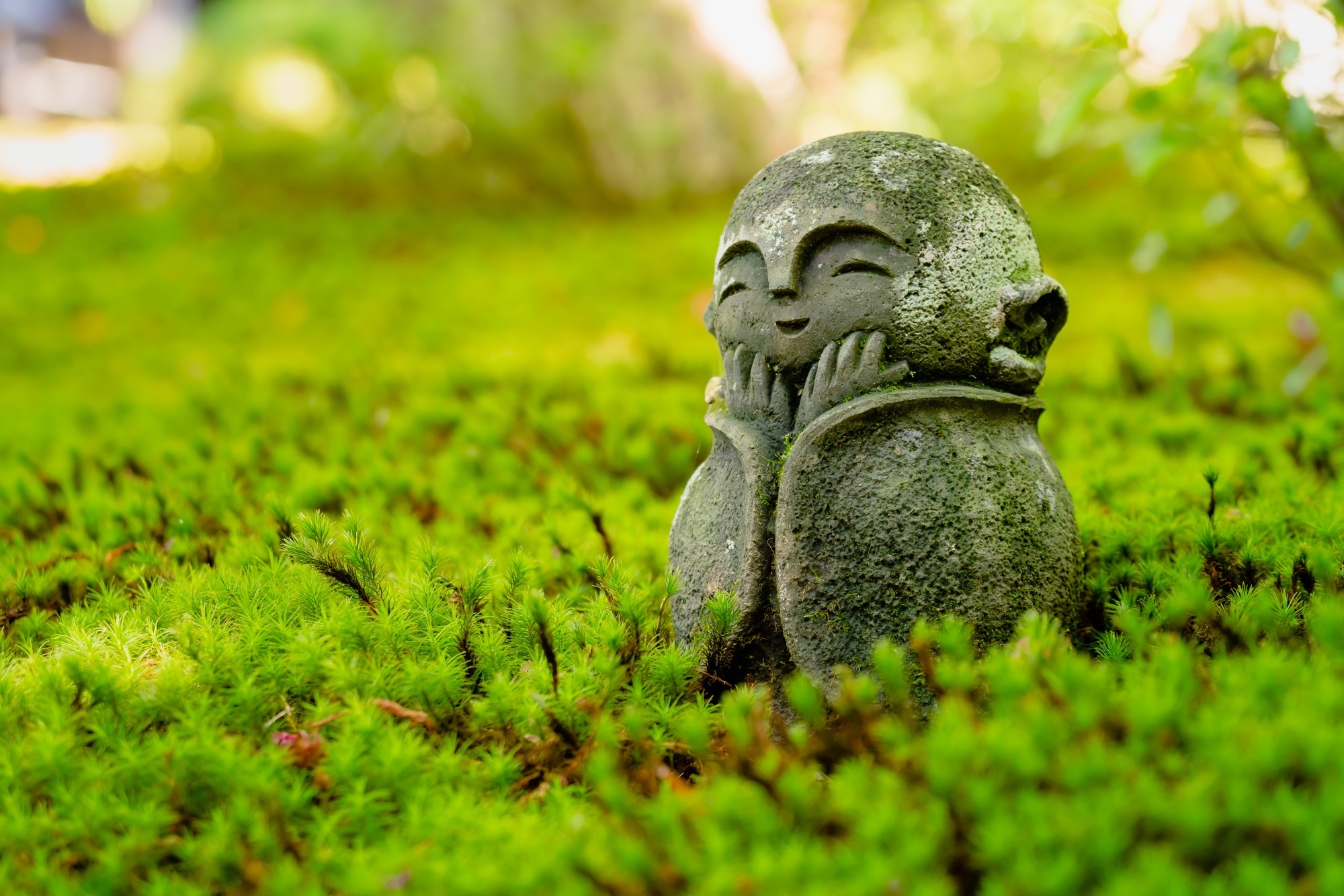TECH & CULTURE
The Meaning Behind Jizo Statues
May 31, 2024
Jizo also affectionately called “O-Jizo-san” or “O-Jizo-sama” are the patron deity of children and travellers. They can be found all over Japan in Buddhist temples, graveyards, on the side of the road in the countryside, and sometimes hidden on the corner of some streets.

Jizo are properly called “Jizo Bosatsu”, originating in ancient India where in Sanskrit they are called Ksitigarbha , which means earth womb. Jizo statues are made out of stone, which is said to have a spiritual power for protection and longevity that predates Buddhist beliefs. Jizo are often dressed in red bibs and hats as in Japan it is believed that the colour red can help ward off evil.
Jizo scriptures were introduced to Japan during the Nara period (710-749), but it did not spread as a religious belief until the end of the Heian period (794-1185) with the development of Pure Land Buddhism when fear of hell became stronger. Jizo began to be seen as saviours of all living things from suffering in hell and as guardians who protect children on the banks of the Sai no Kawara (Limbo of Infants Shrine) in Sado, Niigata. In the process, Jizo changed from its original bodhisattva form to that of a monk.
Jizo protects the souls of children who have passed away and of unborn babies. According to Japanese belief, when a child dies before their parents do, they are not able to cross the river to the afterlife and so time is spent making stone towers as an act of penance. Devils knock down these stone towers and this is when O-Jizo-san appears to save them and look after them as a guardian in replacement of their parents.
Jizo also protects travellers, a tradition derived from the ancient belief of Dosojin who protects travellers. Statues of this deity, which were generally shaped like a couple, were placed on mountain pathways, crossroads, and on the border of villages.
Jizo scriptures were introduced to Japan during the Nara period (710-749), but it did not spread as a religious belief until the end of the Heian period (794-1185) with the development of Pure Land Buddhism when fear of hell became stronger. Jizo began to be seen as saviours of all living things from suffering in hell and as guardians who protect children on the banks of the Sai no Kawara (Limbo of Infants Shrine) in Sado, Niigata. In the process, Jizo changed from its original bodhisattva form to that of a monk.
Jizo protects the souls of children who have passed away and of unborn babies. According to Japanese belief, when a child dies before their parents do, they are not able to cross the river to the afterlife and so time is spent making stone towers as an act of penance. Devils knock down these stone towers and this is when O-Jizo-san appears to save them and look after them as a guardian in replacement of their parents.
Jizo also protects travellers, a tradition derived from the ancient belief of Dosojin who protects travellers. Statues of this deity, which were generally shaped like a couple, were placed on mountain pathways, crossroads, and on the border of villages.